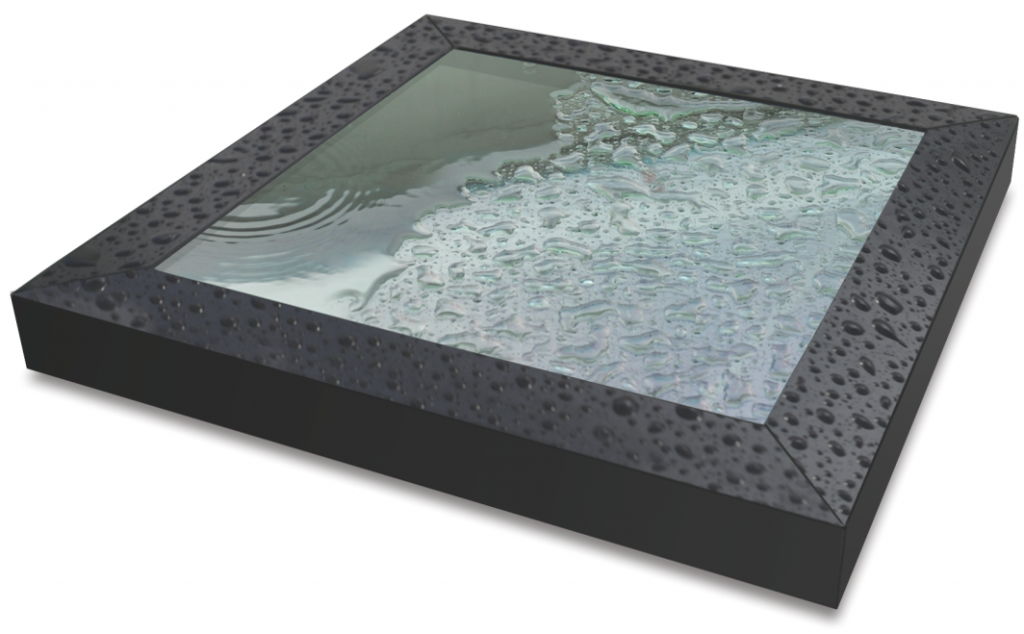
Skylights are purposely used to bring in more natural light, which contributes to making the room brighter and livelier. They also provide an elegant appearance in commercial buildings by allowing in more light into offices, lobbies, retail spaces, and other occupied areas.
Before you get to purchase a skylight, you need to have prior information about them to avoid getting one that does not serve your needs. Here are a few things you should look for.
Benefits of skylights
Besides allowing in more light, skylights offer many more benefits. For instance, they help to reduce energy consumption as they replace artificial light with natural light from the sun. Statistics from the US Energy Information Administration revealed that commercial lighting accounted for more than 10 percent of the electricity used in 2018 alone. Skylights can help reduce this usage significantly.
Another commercial benefit of skylights is they contribute to a more attractive indoor environment as they make rooms brighter, which can enhance productivity of your staff members. Research also proves that natural light alleviates fatigue and weakness. It also slows down the process of aging and stress as well as emotional and cognitive issues. Skylights can help you enjoy all these benefits.
Types of skylights
Skylights come in different types, each type with its unique set of advantages and disadvantages. The different types depend on the material used, room type, use, and type of roof. They include:
- Fixed skylights that do not open for ventilation and are mostly used in low lit areas.
- Ventilated skylights which work to ventilate in light and air. They are suitable for bathrooms and kitchens.
- Custom skylights are used on roofs that do not allow in any natural light. They are also used for aesthetic purposes.
- Tubular skylights are commonly used where there is no sufficient space for fixed or ventilated skylights.
- Dome acrylic skylights help to spread sunlight evenly across a room rather than have rays penetrating directly into a room.
- Barrel vault skylights are used in nonresidential houses since they cover up to 80 percent of the roof area.
- Pyramid skylights are common in lobbies and large spaces.
Glazing options
Glass or plastic can be used based on a few factors such as weight and price priorities (glass is more expensive than plastic). Glass is more preferable because it has more clarity, has unlimited choice of size, and it is scratch resistant. It comes with several glazing options, the most common being; tempered double insulated, tempered over-laminated with argon gas between panes, tempered double insulated with Low-E coatings, and tempered with Low-E coatings, argon gas between panes, and bronze tint.
Building regulations
The building regulations require you to have a permit to alter your roof; as such, you will need a warranty to fix a skylight. For you to get permission, you will have to consult with your local authorities who can familiarize you with locally adopted building codes. This is imperative since the law stipulates that most remodeling projects should not be initiated without proper permits.
Planning
While planning for a skylight, you should consider four key factors; purpose, placement, size and shape, accessories and options. For planning, you should consider the intent of the skylight; determine whether you want to create a view or just want to let in more light. In regard to placement, consider how the skylight will look from outside, how it fits into the design of your ceiling, and how it affects the transmission of light.
Planning also requires you to consider the size and shape of the skylight where you have to think about the purpose and placement, and lastly, accessories and options which focus mostly on convenience and comfort.
It is critical that you are fully aware of all the mentioned factors before you purchase a skylight. At Vtech, we specialize in the manufacturing of a single-state-design with a 20-year transferable warranty. Contact us for professional and quality services!